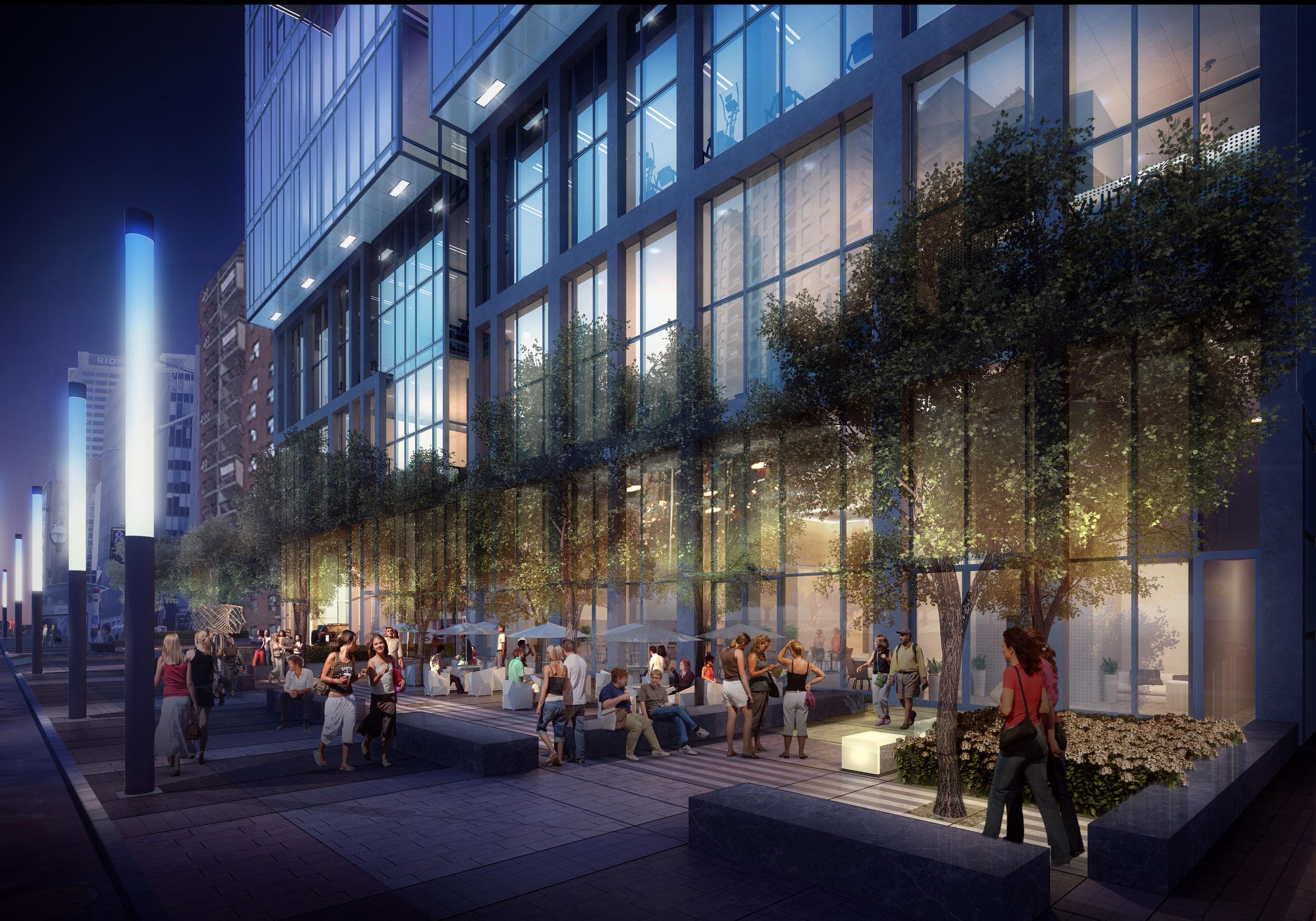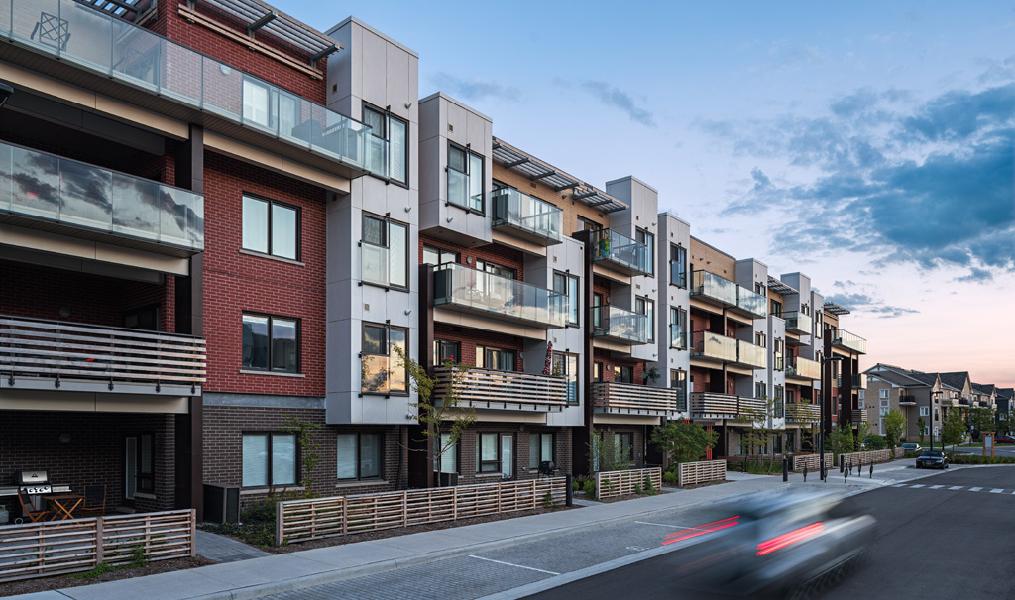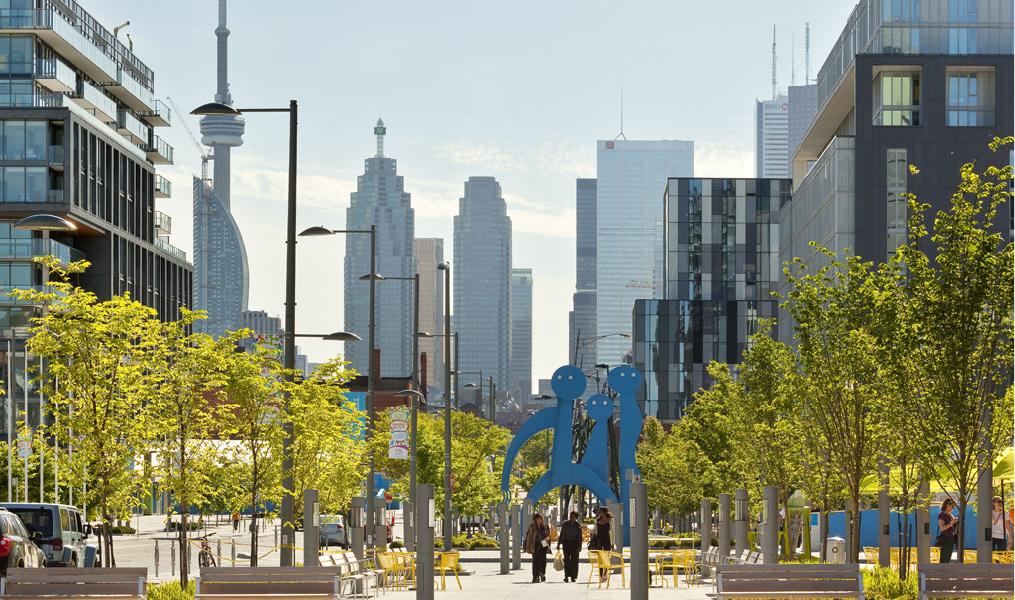People within the development sector often throw around the word intensification. As land prices rise in major cities centres, both in urban and suburban settings, the densification of existing assets can increase the value of existing urban contexts.
The issue I have with the word intensification is while it suggests an increase in value, it isn't a value statement. There are good and bad intensification projects. Some provide more value than others. While the word describes a series of actions designers and developers can take, it does not define the quality of those actions.

It is quality that expedites the approvals process. Projects that demonstrate a commitment to their contexts have evident value to communities and the bodies that govern them. To capture the idea of high-quality intensification, I employ the term "complete communities".
The concept of a complete communities follows with much of contemporary urban thinking. A complete community is one that is diverse in its offerings. People live there, but they also work there, shop there and play there.
Mixed-use developments are a typology that contributes directly to this goal. The inclusion of retail in the bottom of a condo tower. Offices developments with restaurants and cafes open to the public. Hotels that include condo or rental units. These are all examples of ways of providing a complete community.
Beyond a diversity of service offerings, a diversity of building types and dwelling sizes is also important. Mixing elements like townhouses, condominium towers and mid-rise apartment buildings creates communities that appeal to a variety of tastes and lifestyles. Like a city-scale game of Tetris, a greater variety of pieces provides a greater array of configurations and options.

The recent change in Ontario's Building Code allows for six-storey wood buildings, which in turn means greater potential for diversity. There are many contextual benefits to using one building material over another. By levelling the playing field between materials, this change in legislation gives developers even more options. These options not only give us the chance to build more interesting communities, but also potentially more affordable ones.

Another important component of complete communities is accessibility. This means providing both barrier-free access to buildings and an array of transportation options. This allows people of different abilities and backgrounds to access what the community provides. Governing bodies and communities are prioritizing this aspect of complete communities. For example, inclusive housing and requirements for accessible suites in residential buildings are two examples of this trend. Successful implementation of policies like this have given rise to the revitalized Regent Park and the newly developed Canary District – financially successful projects that incorporate all people.
Complete communities are a valuable asset to the growth of cities. This isn't just anecdotal, communities and governing bodies recognize their function and respond positively. The options these types of intensification strategies provide keep neighbourhoods attractive and vibrant to people of all ages, abilities and backgrounds. And as such they are treated as valuable - by those approving them and by those ultimately living in them.